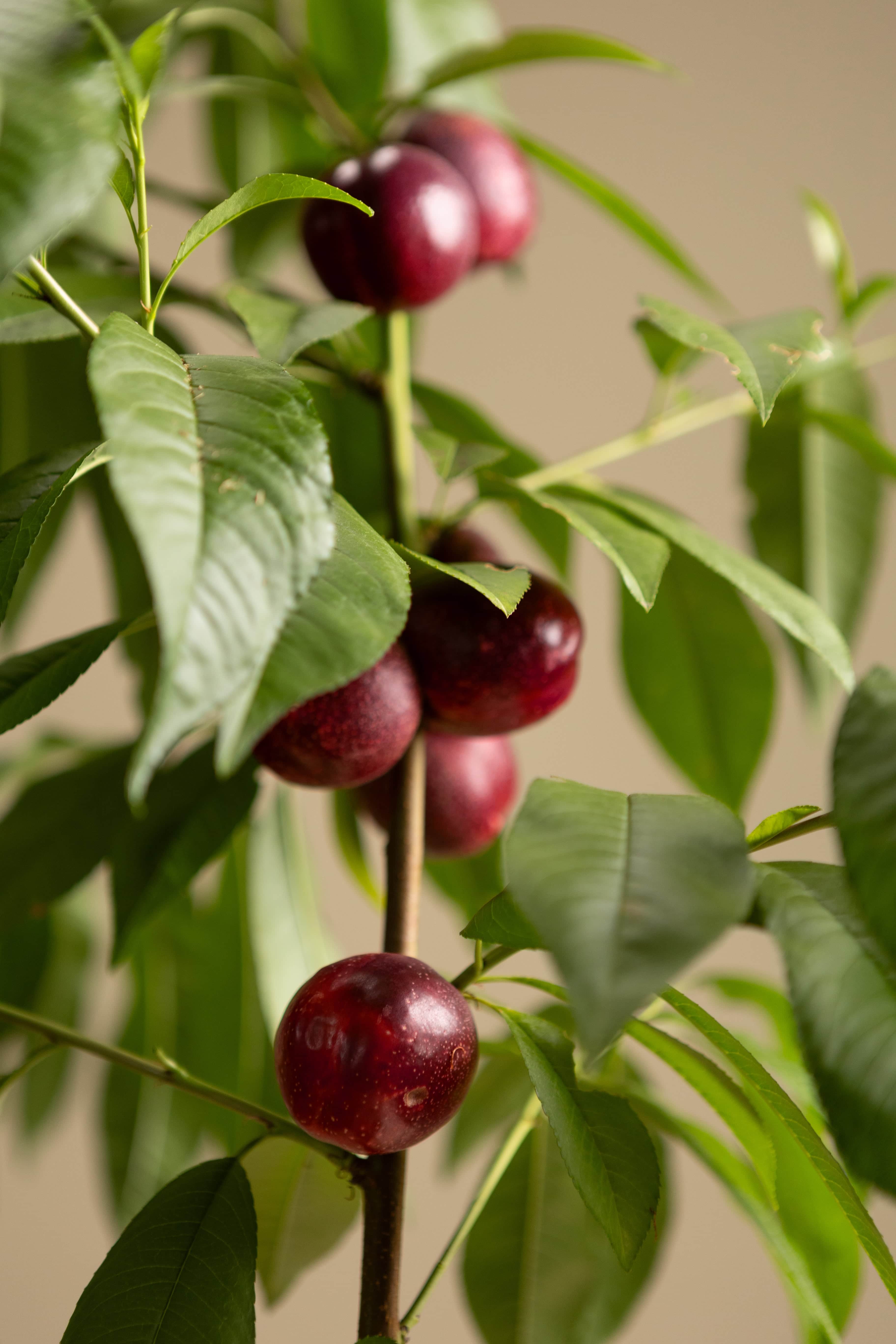
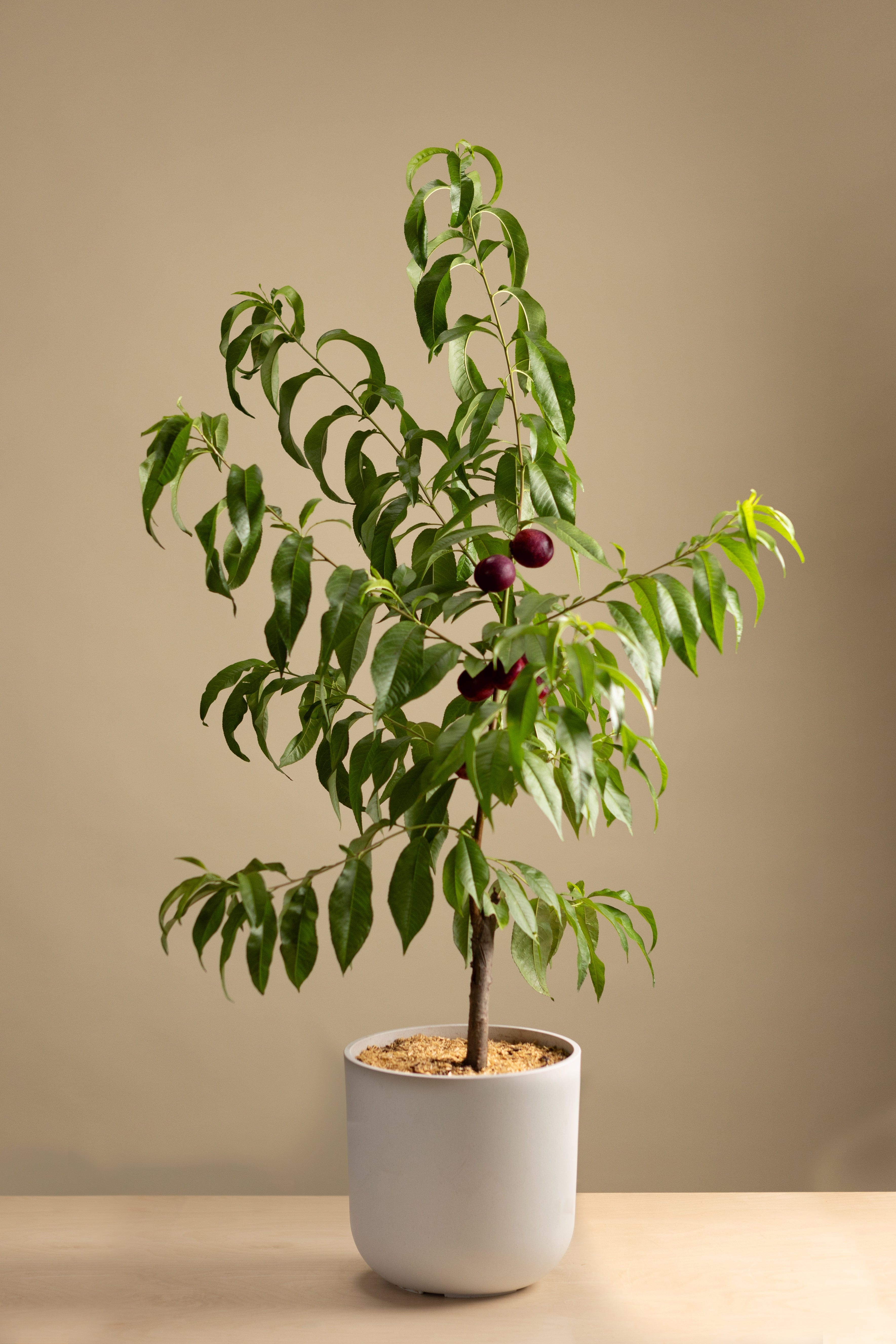
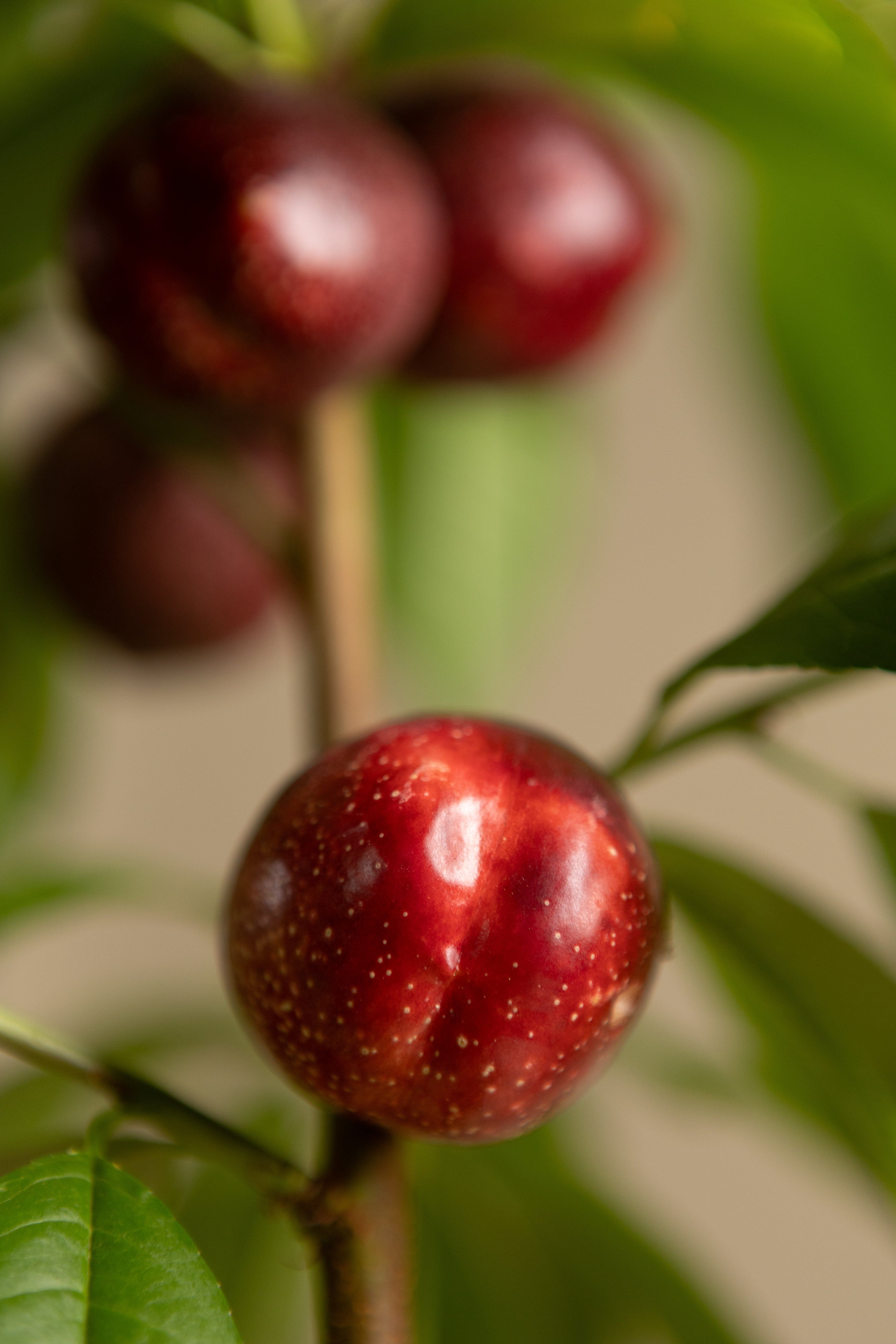
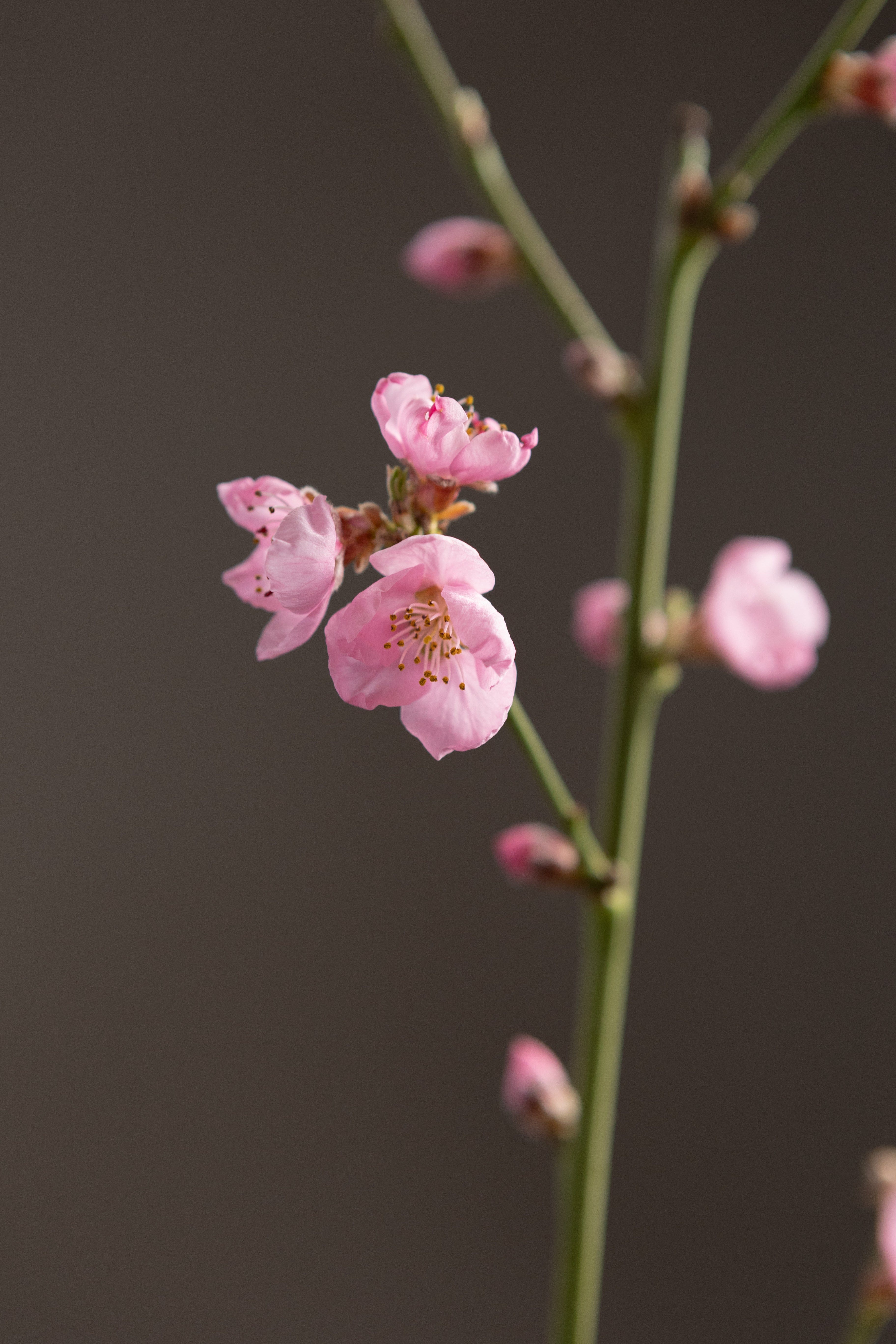
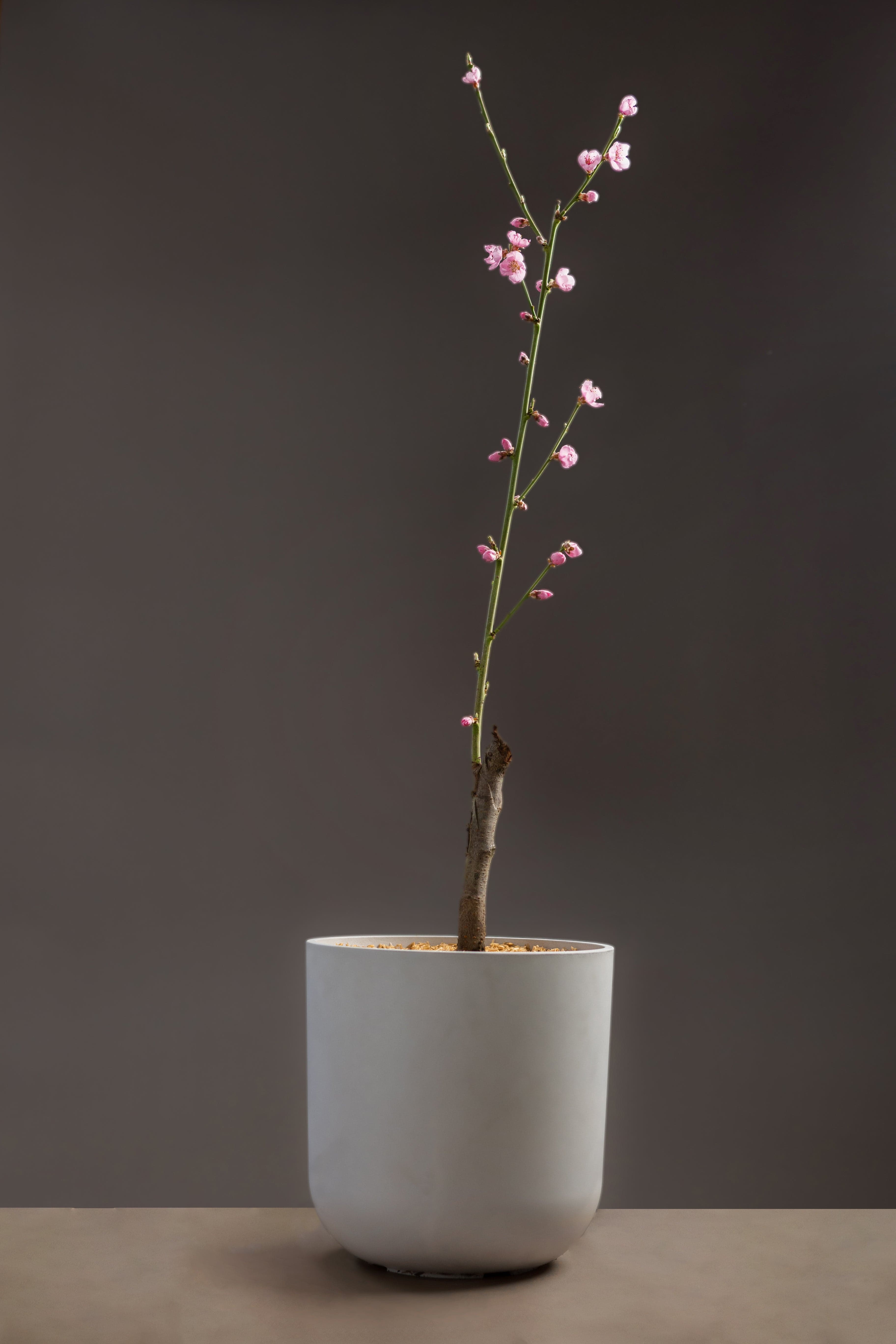
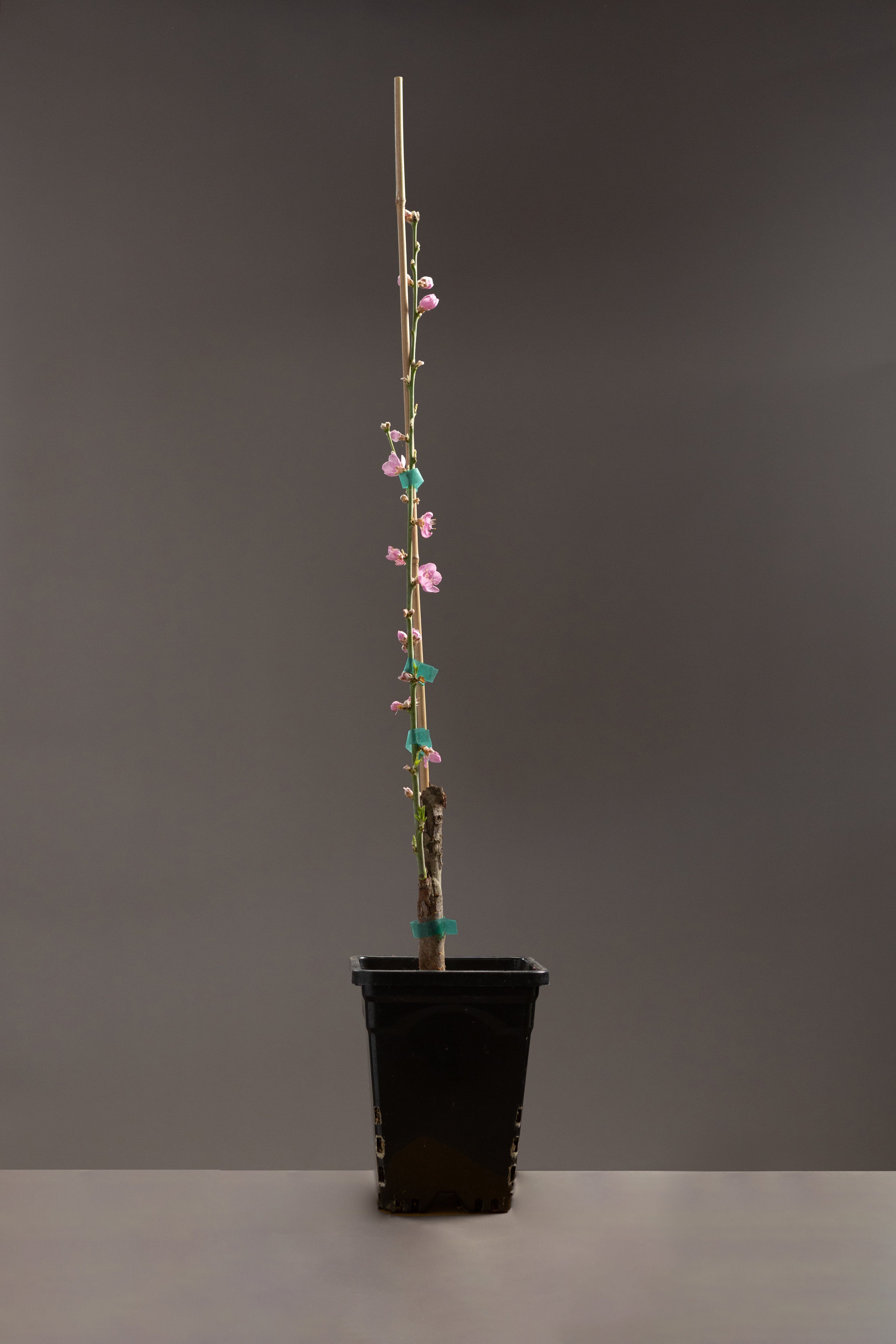
Red Flesh Nectarine
This unique variety of nectarine has a rich, red flesh inside, giving it an almost "blood orange" effect - but with a nectarine! With its striking red skin and succulent, juicy flesh, this nectarine is as delicious as it is beautiful. Its medium-sized fruit ripens in mid-summer, with burgundy skin and freestone red streaked flesh. The flavor is very rich and complex, sweet, and with a hint of raspberry.
SELECT YOUR KIT

PLANT ONLY:
$0.00
POTTING ESSENTIALS KIT:
$69.99
COMPLETE GROWER KIT:
$154.99
Plant Only + Complimentaries
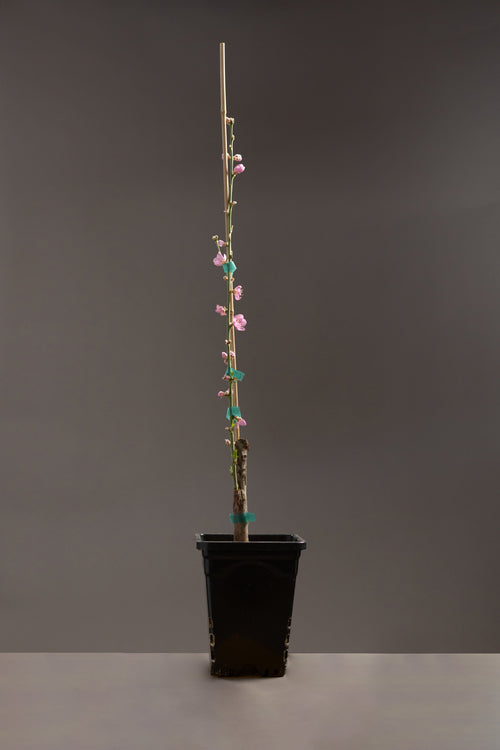
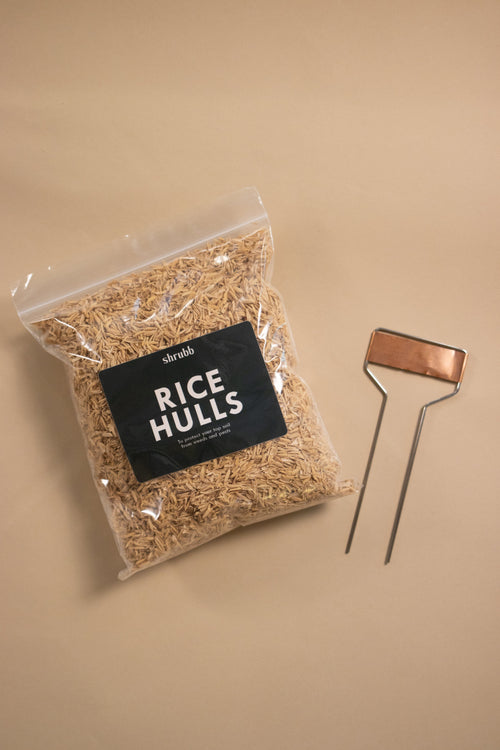
Red Flesh Nectarine + Potting Essentials Kit

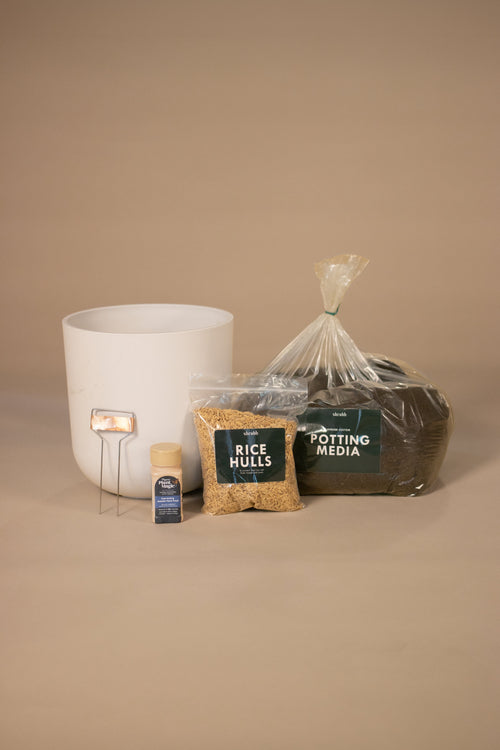
Red Flesh Nectarine + Complete Grower Kit

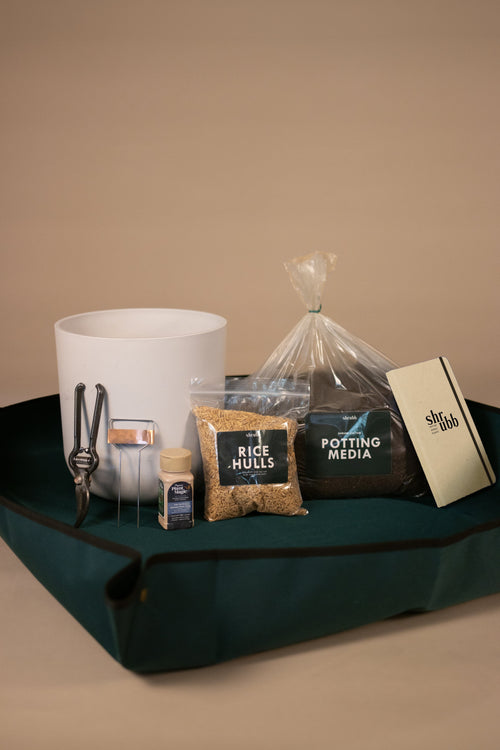
DO YOU WANT TO INSURE YOUR PLANTS?
Get plant insurance to guarantee a free replacement plant if yours dies within the first year. Read more about plant insurance here..

Where do I grow best?
How to care for me:

Self-Fertile

Full-Sun
Water

Soil Nutrients

Chill Hours

Harvest

Prunng

Pests and Disease
Growing in Less Ideal Climates
While the region indicated on the map above specifies where this plant grows best, the virtue of growing plants in pots is that, with a little elbow grease, you can create your own environment. These are our tips for anyone attempting to grow alpine strawberries in other climates.

Colder Regions

Hotter Regions
